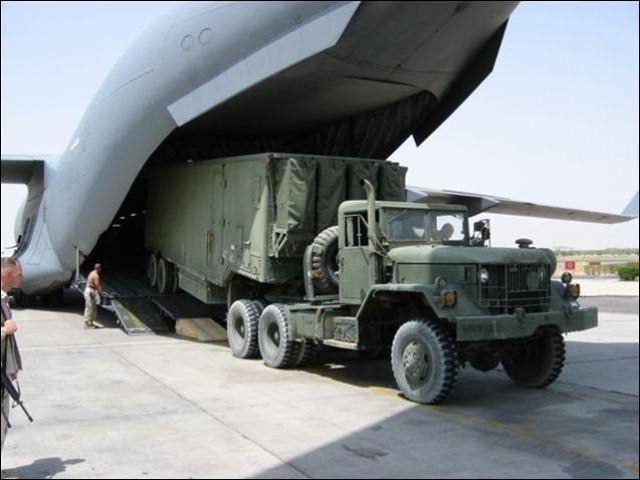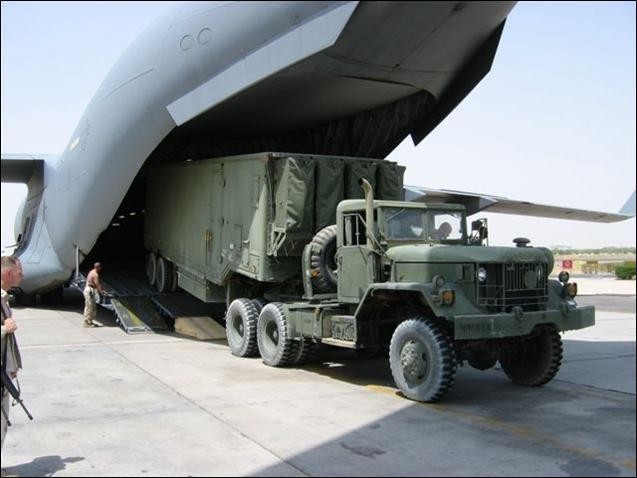When you hear the name LOGSA, the majority of the Army community will most likely relate that to LOGSA's Logistics Information Warehouse, which provides the Army with worldwide visibility over its logistics, supply and maintenance actions. However, LOGSA provides many other products and services to support Soldiers.
One of those is to perform a laboratory analysis to determine the condition of the oil and fluids inside aviation and ground combat equipment engines, gearboxes and transmissions. This mission is accomplished by Army Oil Analysis Program laboratories.
In the desert environment, aviation and combat equipment are exposed to severe environmental conditions. The system operators and maintainers need to know if their drive systems are contaminated with sand or any other element that will cause excessive wear on their internal parts. The AOAP laboratory analysis identifies the elements in the oil that will cause this unfavorable condition and if any of the internal components of these systems are moving toward failure.
The detailed diagnostics report that AOAP provides allows us to see unfavorable trends developing and the ability to give the maintenance units a recommendation of what needs attention before a system failure occurs. Given the known parameters of the elements used in the manufacture of an item, the AOAP will zero in on the specific part (i.e. a bearing or gear) which needs attention. A goal of the program is to alleviate problems by changing components, as opposed to a major assembly like an engine or gearbox. This effort reduces the equipment's downtime and improves its availability to perform its intended mission.
LOGSA manages four Army Oil Analysis laboratories in Southwest Asia: Camp Arifjan, Kuwait; Balad, Iraq; Tikrit, Iraq; and Bagram, Afghanistan. In the early stages of the Southwest Asia operations, AOAP reacted quickly by fielding four mobile laboratories to support Army oil analysis requirements. The original mobile laboratories have served well for more than 20 years, seeing action in every major U.S. contingency operation during this time frame. Two of the older units were replaced with fixed facilities during the past 12 months, and a third is in the final stages of being replaced. The fixed facilities are designed with the necessary size and capability for better workflow and use of the newer, high tech diagnostics equipment being placed in all AOAP labs.
With the emphasis on operations in Afghanistan, one of the highest priorities is to establish an AOAP laboratory in the Southern Afghanistan region by the end of June. Although the time frame to accomplish this is short, LOGSA is working closely with the Army Support Command's, 401st and 402nd Army Field Support Battalions to complete all of the logistics support actions needed to set up AOAP operations in that region. The field support battalions are the Army Materiel Command "boots on the ground" elements that ensure logistical support needs are met in the contingency theater of operations. In coordination with the field support battalion, a decision was made to redeploy one of the mobile labs being replaced in Iraq with a fixed facility to meet the requirement in Southern Afghanistan. With support from the 401st and 402nd AFSBs and the work by the LOGSA AOAP Program Management Office team to get all of the support equipment shipped over, the Logistics Support Activity is confident that the laboratory will be up and running by the required operational date.
During January and February alone, LOGSA's AOAP team shipped out more than 2,500 items of supplies and equipment to support the laboratories in Southwest Asia. It takes teamwork between LOGSA AOAP team, Redstone's Central Receiving and Distribution, the Hazardous Materials Office and the operations personnel in Southwest Asia to ensure that the labs, which analyze over 113,000 samples annually, have the supplies and equipment needed to run at peak efficiency.


Social Sharing